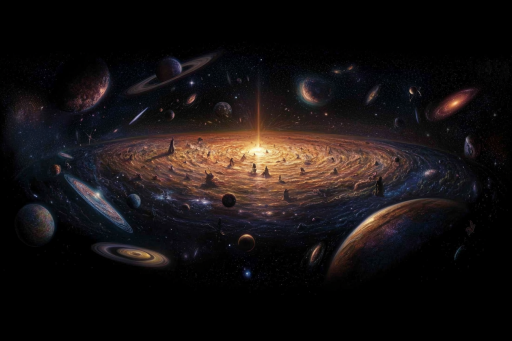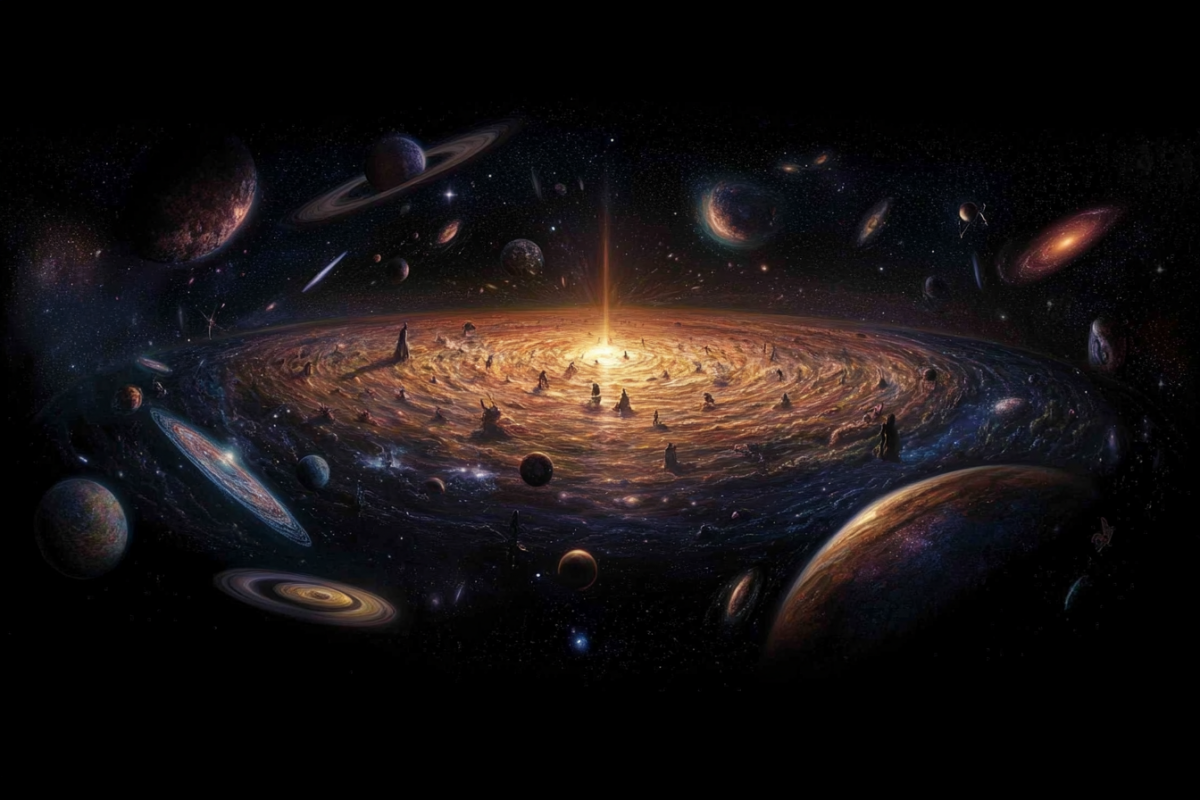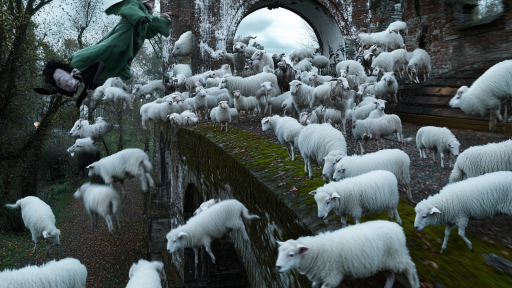
The edge of the universe is one of the greatest mysteries in modern science. Does the universe go on forever, or does it have a boundary? If there is an edge, what lies beyond it? From strange cosmic forces pulling galaxies into the unknown to theories of parallel universes just beyond our reach, the questions surrounding the limits of existence challenge everything we know about reality.
Is the Universe Infinite or Finite?

One of the biggest mysteries in cosmology is whether the universe stretches on forever or has a defined boundary. If it’s infinite, that means there are endless galaxies, planets, and possibly even infinite versions of ourselves. But if it’s finite, what happens at the edge? Some theories suggest the universe curves back on itself, creating a cosmic loop where traveling far enough in one direction could bring you back to where you started.
What Lies Beyond the Observable Universe?

The observable universe is limited by how far light has traveled since the Big Bang, but what exists beyond what we can see? Some scientists believe it’s simply more of the same—endless galaxies and cosmic structures. Others propose that something radically different awaits beyond the cosmic horizon, such as unknown forces or even alternate physics. The fact that we will never be able to see beyond this boundary makes it one of the greatest unsolved mysteries of the cosmos.
Does the Universe Have an Edge or a Cosmic Boundary?

If the universe is finite, does it have an edge, and if so, what does that edge look like? Some theories suggest it’s not a physical wall but a transition point where space simply ceases to exist. Others propose that the edge could be an energetic barrier, preventing matter and light from moving beyond it. Without direct observation, we may never know if there is a cosmic “end” or if space continues infinitely.
The Cosmic Microwave Background Cold Spot – A Glitch in Reality?

Deep in the cosmic microwave background—the oldest light in the universe—scientists have discovered a massive, unexplained cold spot. Some believe it is just a random fluctuation, while others suggest it could be evidence of a collision between our universe and another. If true, this would mean that the multiverse theory—suggesting multiple universes exist—might be more than just speculation. Could this cold spot be the first sign of something beyond our universe?
Are We Living Inside a Bubble Universe?

Some cosmologists believe our universe might be just one bubble among many in a vast cosmic foam. This idea, known as the multiverse theory, suggests that there could be an infinite number of universes, each with different physical laws. If true, our universe might have a “wall” where it meets another bubble. However, without a way to observe beyond our cosmic horizon, proving the existence of other universes remains one of the greatest challenges in physics.
The Great Attractor – A Force Beyond the Observable Universe

The entire Milky Way, along with thousands of other galaxies, is being pulled toward a mysterious region of space known as the Great Attractor. Located beyond the observable universe, this force is so powerful that it is reshaping the motion of galaxies over billions of light-years. Scientists still don’t know what’s causing this immense gravitational pull—some speculate it could be a massive supercluster of galaxies, while others believe it could be something far stranger.
What Happens at the End of Time?

The universe is expanding at an accelerating rate, but what does that mean for its ultimate fate? Some theories suggest that galaxies will drift so far apart that the universe will end in cold, eternal darkness. Others propose a “Big Rip,” where space itself is torn apart by the force of expansion. There’s also the possibility of a cyclical universe, where expansion slows, collapses, and starts over again. Could the end of time also be the beginning of something new?
The Mystery of Dark Energy – What’s Driving the Expansion?

Dark energy makes up most of the universe, yet we have no idea what it actually is. It’s the force responsible for the accelerating expansion of space, but its origin remains unknown. Some scientists theorize it could be a new fundamental force, while others think it’s a property of space itself. Understanding dark energy is key to unraveling the mystery of the universe’s expansion—and possibly what lies beyond its visible edge.
Is the Universe a Hologram?

A mind-bending theory suggests that everything we see, including space itself, might be a projection from a two-dimensional boundary. This “holographic universe” idea proposes that our reality is similar to a hologram, where all the information about our 3D world is actually encoded on a distant cosmic surface. If true, this would mean the universe’s edge isn’t a physical limit but a mathematical one, challenging our understanding of space and time.
Could the Universe Be Expanding Into Another Dimension?

One theory suggests that as the universe expands, it might be pushing into a higher-dimensional space we can’t perceive. This idea, based on string theory, proposes that our three-dimensional universe could be a “brane” floating within a higher-dimensional structure. If true, the edge of the universe might not be a limit at all, but rather an entry point into a greater reality we have yet to discover.
Could There Be Universes Colliding With Our Own?

Some scientists believe that our universe might not be alone—it could be interacting with others in ways we can’t yet detect. Theories like the multiverse suggest that collisions between universes could leave behind imprints, such as strange temperature anomalies in the cosmic microwave background. Some researchers even think that a neighboring universe may have “brushed against” ours in the distant past, altering the course of cosmic evolution. If universes can collide, what might exist beyond our own—and could another universe already be affecting ours?
Is the Universe Trying to Tell Us Something?

Every time we look deeper into the cosmos, we uncover more mysteries than answers. The idea that the universe has an edge—whether physical, energetic, or mathematical—challenges everything we know about existence. Could the secrets of the universe’s limits be hidden in patterns we have yet to decipher? The more we explore, the more we realize that the universe may be far stranger than we ever imagined.





